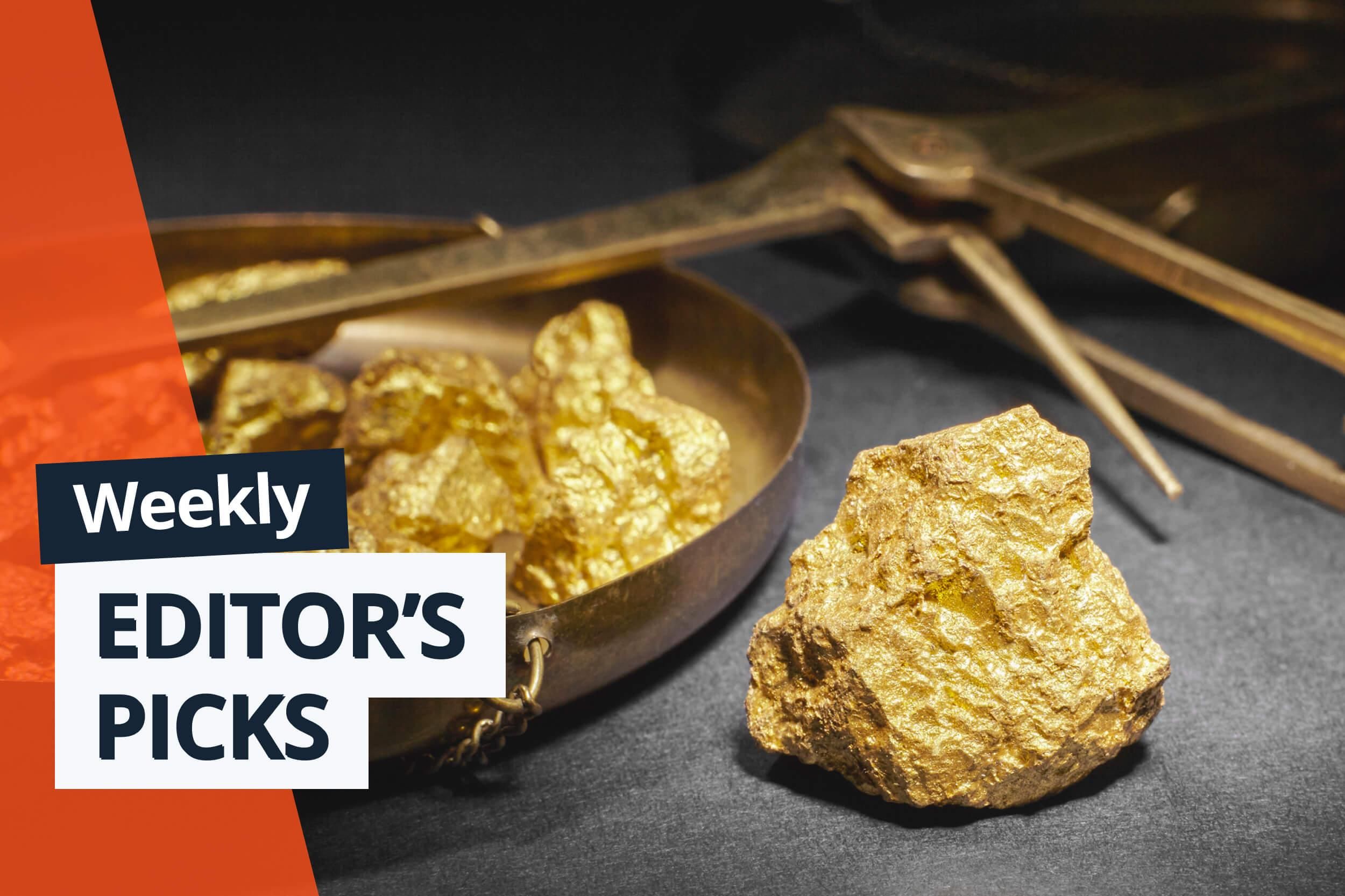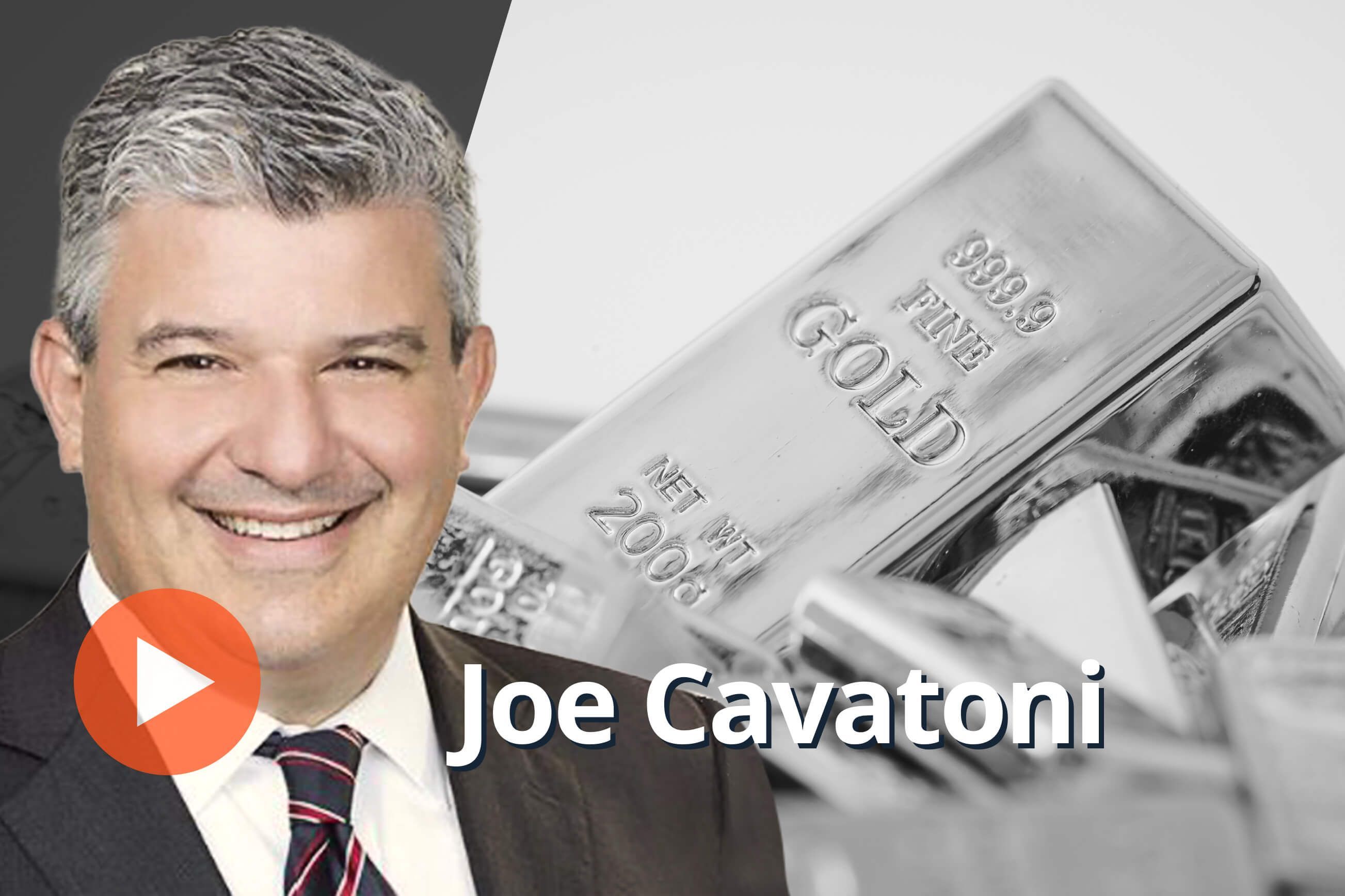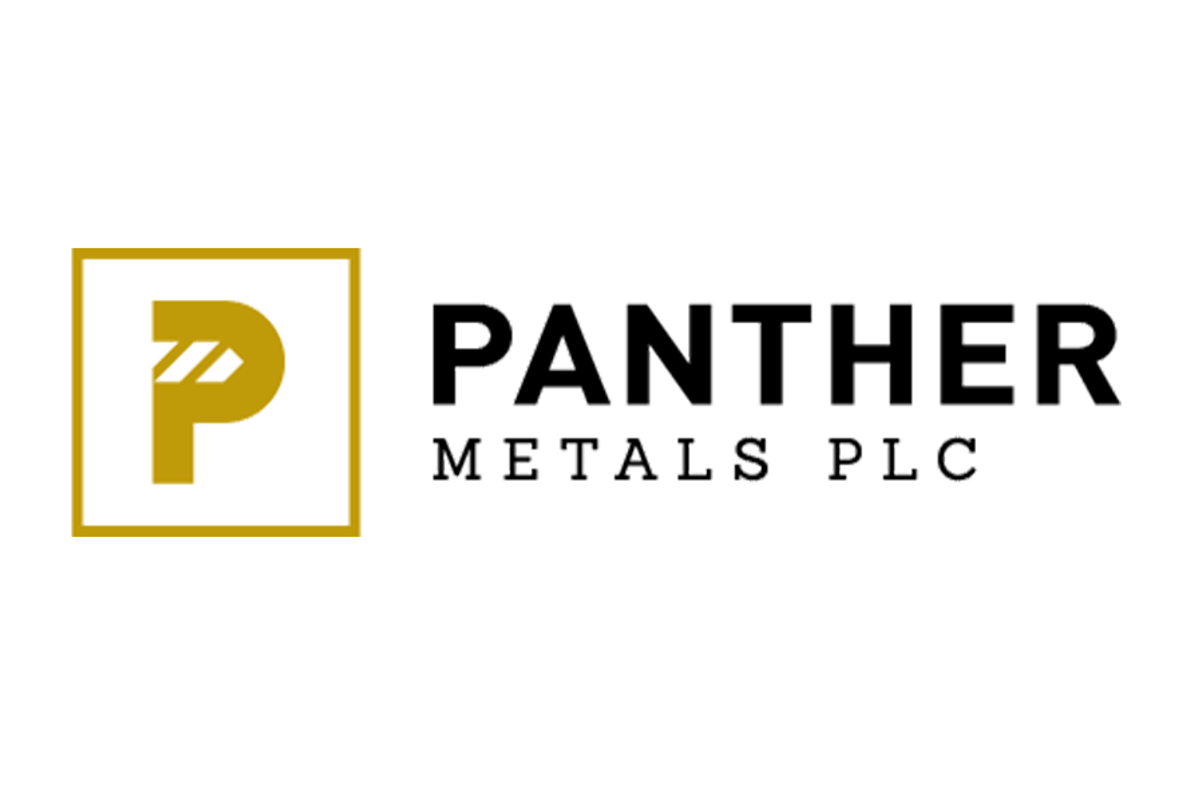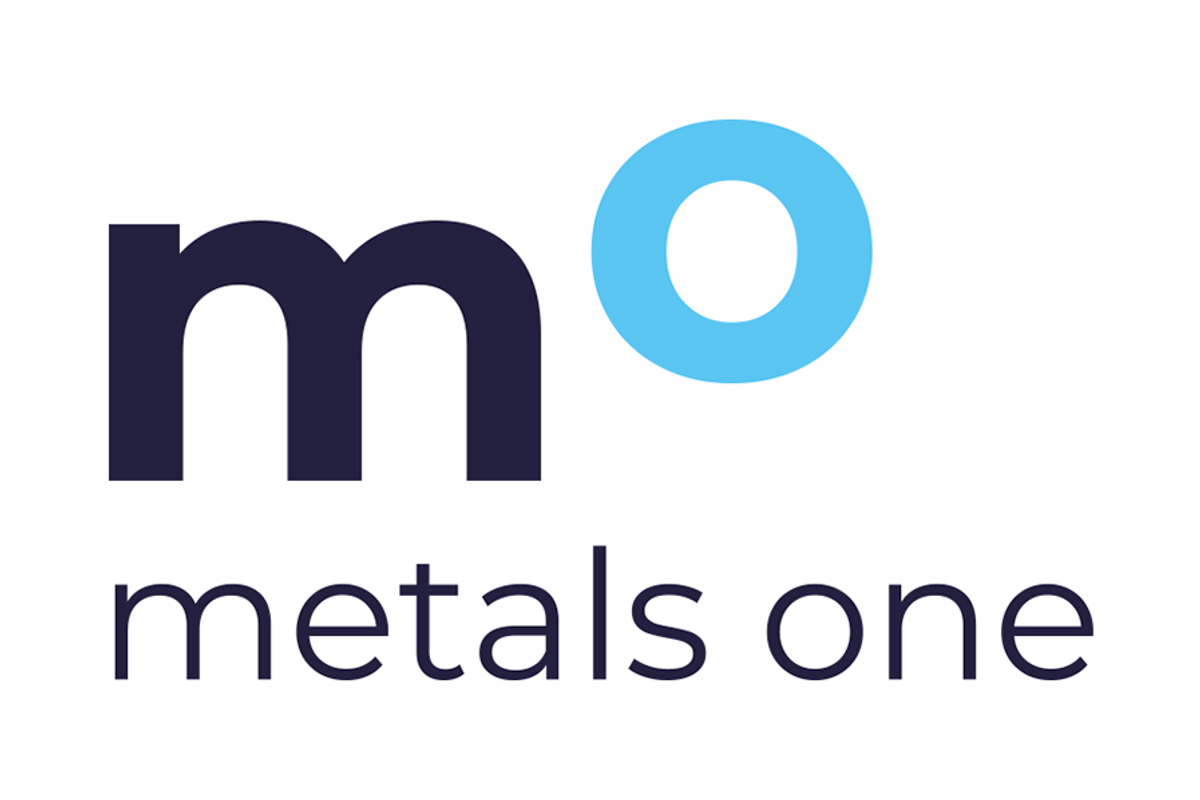
October 01, 2024
Athena Gold Corporation (CSE:ATHA)(OTCQB:AHNR) ("Athena Gold" or the "Company") is pleased to announce that, further to its press release of September 11, 2024, the Company has executed a definitive agreement (the "Definitive Agreement") dated September 30, 2024 with Libra Lithium Corp. ("Libra"), a privately-held company, to acquire up to a 100% right, title and interest in the Laird Lake and Oneman Lake gold projects in Ontario (collectively called the "Properties") (the "Acquisition").
Upon final regulatory approvals, members of Libra's board and management teams are expected to join Athena Gold. David Goodman, LLB, CFA, will join the Board of Directors as Chairman and Koby Kushner, P.Eng., CFA, will take on the role of President, CEO, and Director. John Power, current President of Athena Gold, is expected to remain as Secretary and Director. Ty Minnick will remain as Chief Financial Officer. The Board of Directors will consist of Athena's current Board of Directors which includes John Power, Brian Power and John Hiner and be expanded to five members with David Goodman and Koby Kushner. Members from Libra's technical team, Benjamin Kuzmich, MSc, P.Geo, and Andrew Jedemann, MSc, P.Geo, are expected to join Athena Gold as Vice President, Exploration, and Exploration Manager, respectively.
"Our team has spent the last few months compiling all historical data across Athena's portfolio in Nevada. As we dig deeper into the data at Excelsior Springs, we can't help but become more excited," said incoming CEO, Koby Kushner. "I believe Athena has some of the best drill intercepts from a junior mining company in Nevada, and that our team is well equipped to re-envision what was historically a high-grade, underground brownfields site, into a large-scale, high-margin, open pit gold target. Meanwhile, our team continues to put boots on the ground in Ontario, where we have samples pending from our recent reconnaissance program at Laird Lake."
"Building upon our recent advancements at Excelsior Springs, I look forward to collaborating with Koby and his dedicated technical team with our collective goal to continue building shareholder value. While Excelsior Springs remains our flagship project, I am keen to diversify our portfolio with the addition of Laird Lake and Oneman Lake projects in Ontario," said John Power, President & CEO. "I am particularly excited about Laird, which covers an underexplored portion of the Red Lake Mining Camp and is proximal to Great Bear and Madsen mines under development. I would also like to extend a warm welcome to Libra as a shareholder in Athena."
Highlights:
- Athena is to acquire Libra's Laird Lake and Oneman Lake projects in Ontario through the issuance of common shares to Libra, such that Libra will own 43,865,217 shares in Athena upon completion of the planned amalgamation.
- Laird Lake (4,158 ha) is located in Ontario's Red Lake Gold Camp, which has produced over 29 million ounces of goldi from some of the highest-grade gold mines globally and is easily accessible via road.
- Laird Lake is hosted in a similar structural setting as Kinross Gold's multimillion-ounce Great Bear project, and West Red Lake Gold's nearby Madsen mine, only 11 kilometres away. Kinross recently announced results of a preliminary economic assessment for the Great Bear project, that outlined a large-scale, high-margin, gold producer, capable of producing over 500,000 oz at an all-in sustaining cost of approximately US$800/oz over the first 8 years, with a US$1.9 billion NPV5% and 24.3% IRR after-tax, based on gold prices of US$1,900/ozi. Meanwhile, West Red Lake Gold recently reaffirmed its target of restarting production at Madsen in 2025ii.
- The project covers approximately a 10-kilometre strike extent of the Balmer-Confederation Assemblage contact, the same contact that hosts the majority of gold deposits in the Red Lake Gold Camp. According to a recent Master of Science thesis, "the Laird Lake property likely represents the continuation of the same mineralized structure found at both the Madsen and Starrat-Olsen mines and was later displaced as far as 10 km west by the dextral Laird Lake fault post-2704 Ma.iii"
- Despite being directly along trend of the nearby Madsen Mine and having visible gold showings on surface, Laird Lake remains largely untested, with only limited historical exploration work completed to date.
- There can be no assurance that actual results on adjacent properties is any indication of future exploration success at Laird Lake.
- Oneman Lake (578 ha) is located in the Kenora Mining District, within the Separation Rapids Greenstone Belt, and contains a breccia zone up to 100m wide with key indicator sulfide minerals.
Planned Board and Management Additions:
- David Goodman, Libra's co-founder and largest individual shareholder, is expected to join Athena's Board of Directors as Chairman.
- Koby Kushner, Libra's co-founder and CEO, is expected to join Athena's Board of Directors and take on the role of President and CEO of the Company.
- Members from Libra's technical team, Benjamin Kuzmich and Andrew Jedemann, are expected to join Athena as Vice President, Exploration, and Exploration Manager, respectively.
Koby Kushner, P.Eng., CFA, is the Chief Executive Officer and a director of Libra. He has spent most of his career as a mining engineer and more recently, an equity research analyst. Prior to entering finance, Mr. Kushner worked at several mines in Ontario and Manitoba, including Hemlo (Barrick Gold), Detour, Rice Lake, and others. During this time, Mr. Kushner has seen projects advance through all stages of development, including exploration, production, and closure. He then moved into equity research at Red Cloud Securities, a mining-only investment bank, where he wrote on over 100 companies across various stages of development and a wide range of commodities, with a particular focus on precious and energy metals. He holds a BSc in Mining Engineering from Queen's University, is a licensed Professional Engineer in the province of Ontario and is a CFA charterholder.
David Goodman, LLB, CFA, is the Chairman of Libra. Mr. Goodman left an early career as a litigator in 1994 to become a Partner, Vice President and Portfolio Manager at the investment management firm behind Dynamic Funds. He became President and Chief Executive Officer of Dynamic Funds in 2001 and of DundeeWealth, Dynamic's public company parent, in 2007. Under Mr. Goodman's leadership, the firm became one of Canada's best performing and fastest growing investment managers, was recognized as Fund Company of the Year seven times at the Canadian Investment Awards while growing assets under management from $5 billion to approximately $50 billion, until its ultimate sale in 2011 to a Canadian bank. In the past Mr. Goodman was a member of the boards of DundeeWealth, Repadre Capital Corporation, Dundee Corporation, SickKids Foundation and a trustee of the Dundee REIT. Mr. Goodman was previously the head of Global Asset Management for a major Canadian bank and CEO of Dundee Corporation. In addition to his business interests, Mr. Goodman is the founder and CEO of Humour Me, an annual event whereby high-profile executives compete in stand-up comedy and has raised over $20 million to date for worthy causes.
Benjamin Kuzmich, MSc., P.Geo, is the Vice President, Exploration of Libra. He is a professional geologist with a proven track record of exploration success in Canada throughout Ontario, Manitoba, and the Yukon. His accomplishments include the delineation of the E-Zone at Barrick's Hemlo gold mine, where he managed a $20M drill program, and where his reinterpretation of geologic models resulted in a 23% improvement in underground head grade for 2019. Outside of Hemlo, he led the discovery of the Little Wing gold occurrence at Alamos's Lynn Lake project as well as numerous REE/LCT pegmatite, precious, and base metal occurrences throughout the Superior Province. He completed his MSc thesis at Lakehead University on the highly endowed, critical mineral-rich Ring of Fire in northern Ontario, and his undergraduate thesis on S-type granitic intrusions.
Andrew Jedemann, MSc., P.Geo, is the Exploration Manager of Libra. He is an experienced professional geologist with a strong technical background who has been exploring for various commodities in northwestern Ontario over the past 8 years. Andrew has spent most of his career working on several early- to advanced-stage Au, Li, and Ni-Cu-PGE projects around Northwestern Ontario, most notably of which included designing, implementing, and managing >20,000m of drilling at the Barrick - Hemlo gold mine. Additionally, Andrew has worked in the prolific Ring of Fire where he assisted in generating new base and precious metal targets as well as directly overseeing field exploration work. Andrew completed his MSc Geology degree from Lakehead University in partnership with the University of Tasmania (CODES) on characterizing an early-stage porphyry and epithermal prospect on Vancouver Island.
Terms of the Definitive Agreement:
Pursuant to the Definitive Agreement, Athena Gold will acquire up to a 100% interest in the Properties, consisting of 218 mining claims covering approximately 4,736 hectares. The Properties are comprised of two projects: one known as the Oneman Lake Project located near Kenora, Ontario and the other known as the Laird Lake Project in Red Lake, Ontario. Pursuant to an option agreement dated August 19, 2024, with Bounty Gold Corp. ("Bounty Gold"), Libra has earned 100% ownership of the Oneman Lake Project and has the exclusive option to acquire the Laird Lake Project (the "Option") subject to certain terms and conditions. Bounty Gold has consented to the transfer of the Properties to Athena Gold.
All parties to this transaction are arm's length.
As consideration of the Properties, Athena Gold has agreed to issue 43,865,217 common shares in the capital of Athena Gold's wholly owned subsidiary, Nova Athena Gold Corp. to Libra, at a deemed value of CDN $0.05 per share.
Athena Gold will assume all obligations of the Option to Bounty Gold to acquire the Laird Lake Project by incurring the following cash payments and share issuances over the course of five years (which may be accelerated at Athena Gold's option):
- payment of CDN $50,000 in cash on or before August 19, 2025, of which up to 50% of such payment may be made in the form of common shares in the capital of Athena Gold;
- payment of CDN $50,000 in cash on or before August 19. 2026, of which up to 50% of such payment may be made in the form of common shares in the capital of Athena Gold;
- payment of CDN $50,000 in cash on or before August 19, 2027, of which up to 50% of such payment may be made in the form of common shares in the capital of Athena Gold;
- payment of CDN $50,000 in cash on or before August 19, 2028, of which up to 50% of such payment may be made in the form of common shares in the capital of Athena Gold; and
- payment of CDN $1,000,000 in cash on or before August 19, 2029, or alternatively
- payment of 75% in cash and the issuance of common shares in the capital of Athena Gold equal to 25% of the payment, for a total payment of CDN $1,250,000;
- payment of 50% in cash and the issuance of common shares in the capital of Athena Gold equal to 50% of the payment, for a total payment of CDN $1,500,000; or
- payment of 25% in cash and the issuance of common shares in the capital of Athena Gold equal to 75% of the payment, for a total payment of CDN $1,750,000.
In the event that Athena Gold pays any of the payments to Bounty Gold in the form of both cash and common shares, the price per share will be determined with the number of shares being based on a per share deemed issue price equal to the 30-day VWAP of the shares for the period of any twenty (20) consecutive trading days on the Canadian Securities Exchange ending on the date that is three business days prior to the date of issuance of the additional common shares.
Upon completion of the above obligations by Athena Gold, Bounty Gold will retain a 2% NSR on the Properties, of which 1% may be purchased by Athena Gold for CDN $1,000,000 at any time.
Athena Gold has agreed to pay a finder's fee to Castlewood Capital Corp. in connection with the Acquisition, through the issuance of 1,737,236 common shares in the capital of Nova Athena Gold Corp. The finder's fee will be payable upon completion of the proposed Amalgamation of Athena Gold.
All common shares issued pursuant to the Acquisition will be subject to a hold period expiring four months and one day from the date of issuance in Canada. Any shares issued by Athena Gold prior to the proposed Amalgamation will be subject to applicable United States hold periods.
None of the foregoing shares have been and will not be registered under the United States Securities Act of 1933, as amended (the "1933 Act") or any applicable state securities laws and may not be offered or sold in the United States or to, or for the account or benefit of, U.S. persons (as defined in Regulation S under the 1933 Act) or persons in the United States absent registration or an applicable exemption from such registration requirements. This press release does not constitute an offer to sell or the solicitation of an offer to buy nor will there be any sale of the foregoing securities in any jurisdiction in which such offer, solicitation or sale would be unlawful.
As a result of the Acquisition, Libra will beneficially own approximately 19.9% of the issued and outstanding shares of Nova Athena.
The Acquisition is subject to receipt of all necessary regulatory and corporate approvals, including the approval of the Canadian Securities Exchange.
Proposed Amalgamation and Redomicile to Canada
Within thirty days following the execution and delivery of the Definitive Agreement, Athena Gold and Nova Athena will enter into and execute a Plan of Merger and Amalgamation (the "Merger Agreement") pursuant to which, subject to obtaining the necessary consents and regulatory approvals and compliance with all applicable legal requirements, Athena Gold will complete the merger and amalgamation with and into Nova Athena and redomicile to British Columbia, Canada (the "Amalgamation" or "Merger"). As a result of the Amalgamation, Nova Athena shall be the surviving entity. In the Amalgamation, each stockholder of Athena Gold will receive one common share in the capital of Nova Athena for each common share of Athena Gold. The existing shares of Nova Athena held by Athena Gold prior to the Amalgamation will be gifted back and cancelled. Following completion of the Merger, Libra will not own more than 19.9% of the issued share capital as a result of the cancellation. The Company will continue to maintain its stock listing on the OTCQB and anticipates a seamless continuation of its stock trading in both US and Canadian marketplaces. The Company expects that the Amalgamation will become effective in the early part of 2025.
Athena Gold will hold a shareholder meeting to approve the proposed Amalgamation to be called as soon as possible. In addition to the proposed Amalgamation, shareholders will be asked to approve an increase in Athena Gold's authorized capital to an unlimited number of common shares, a change of name (if required) and the delisting of Athena Gold's common shares from the Securities and Exchange Commission. Full details of the proposed merger and redomicile, including the associated benefits and risks, will be provided in the registration statement on Form S-4 to be filed with the Securities and Exchange Commission by Athena Gold.
About Athena Gold Corporation
Athena Gold is engaged in the business of mineral exploration and the acquisition of mineral property assets. Its objective is to locate and develop economic precious and base metal properties of merit and to conduct additional exploration drilling and studies on the Project.
About Our Flagship Excelsior Springs Project
The Excelsior Springs Project (the "Project") lies within the prolific Walker Lane tectonic trend, a large region of northwest-trending, strike-slip fault zones that host a significant number of precious metal deposits having very strong structural control for mineralization. The Walker Lane trend is experiencing a major resurgence of intense and successful exploration and development.
The Project contains numerous prospect pits, trenches, roads, surface sampling sites and 113 drill holes to date within a 300m X 3,000m wide (1,000 foot-wide and 10,000-foot-long east-west trending zone of shearing and alteration. Underground workings on the two patented claims within the Project had unverified, historical production of 19,200 oz at 41.1 g/t Au.
Gold mineralization discovered at the Project to date occurs in quartz veins, stock-works, and silicified zones in hornfels and calc-silicate altered country rock and is generally close to porphyry dykes. The best grades and thicknesses discovered recently were found in oxidized and altered sedimentary rock immediately above porphyry dykes intruded along preexisting east- and east-northeast trending faults. The mineralized stock-work vein zones are shallow and have a relatively flat plunge, making them potentially amenable to open pit mining methods.
Based on the results of previous drilling programs, the Project has the potential to host one or more shallow gold deposits amenable to open pit mining, along with deeper, higher grade feeder zones that may be found and could be mined by underground methods. In the opinion of management and its consultants, the Project is very promising and further exploration has the potential to expand the known mineralization and establish additional mineralized zones.
For further information about Athena Gold Corporation and our Excelsior Springs Gold project, please visit www.athenagoldcorp.com.
On Behalf of the Board of Directors
John C. Power, President
Athena Gold Corporation
For further information, please contact:
Phone: John C. Power, (707) 291-6198
Email: johnpower@athenagoldcorp.com
Jason Libenson
President and CCO
Castlewood Capital Corporation
(647)-534-9884
Email: jason@castlewoodcapital.ca
Forward Looking Statements
This press release contains forward-looking statements and forward-looking information (collectively, "forward-looking statements") within the meaning of applicable Canadian and U.S. securities laws. All statements, other than statements of historical fact, included herein including, without limitation, statements regarding future exploration plans, future results from exploration, and the anticipated business plans and timing of future activities of the Company, are forward-looking statements. Although the Company believes that such statements are reasonable, it can give no assurance that such expectations will prove to be correct. Forward-looking statements are typically identified by words such as: "believes", "will", "expects", "anticipates", "intends", "estimates", "plans", "may", "should", "potential", "scheduled", or variations of such words and phrases and similar expressions, which, by their nature, refer to future events or results that may, could, would, might or will occur or be taken or achieved. In making the forward-looking statements in this press release, the Company has applied several material assumptions, including without limitation, that there will be investor interest in future financings, market fundamentals will result in sustained precious metals demand and prices, the receipt of any necessary permits, licenses and regulatory approvals in connection with the future exploration and development of the Company's projects in a timely manner.
The Company cautions investors that any forward-looking statements by the Company are not guarantees of future results or performance, and that actual results may differ materially from those in forward-looking statements as a result of various risk factors as disclosed in the final long form prospectus of the Company dated August 31, 2021.
Readers are cautioned not to place undue reliance on forward-looking statements. The Company undertakes no obligation to update any of the forward-looking statements in this press release or incorporated by reference herein, except as otherwise.
iGreat Bear Technical Report: Voluntary National Instrument 43-101 Technical Report
iiWest Red Lake recent announcement about restart activities in 2025: West Red Lake Gold Provides Madsen Mine Restart Activities
iiiRecent Master of Science thesis on Laird Lake: Geology and geochemistry of the Laird Lake property and associated gold mineralization, Red Lake greenstone belt, northwestern Ontario
ATHA:CNX
The Conversation (0)
09 January
Athena Gold
High-grade gold exploration in Ontario and Nevada
High-grade gold exploration in Ontario and Nevada Keep Reading...
21 November
Editor's Picks: Gold and Silver Prices Stay Steady, Barrick Faces Breakup Rumors
The gold price remained fairly steady this week after last week's brief uptick, largely trading between US$4,000 and US$4,100 per ounce during the period. Silver was more volatile, jumping briefly above the US$52 per ounce level. The precious metals faced some pressure on Thursday (November 20)... Keep Reading...
20 November
Joe Cavatoni: Gold's Key Driver Now, Plus 2026 Catalysts to Watch
Joe Cavatoni, senior market strategist, Americas, at the World Gold Council, looks back on gold's performance in 2025 and forward to what could be coming in 2026. In his view, risk and uncertainty are key gold drivers that are likely to stay in place next year. Don’t forget to follow us... Keep Reading...
20 November
Winston Tailings Project: Mineral Resource Drilling
Platinum Diamond Drilling Appointed for Mineral Resource Programme
Panther Metals Plc (LSE: PALM), the exploration company focused on mineral projects in Canada, is pleased to announce that Platinum Diamond Drilling Inc. ("Platinum") has been contracted to undertake the Mineral Resource focussed drilling programme at the Winston Tailings Project in Ontario,... Keep Reading...
20 November
Admission to Trading on the OTCQB Venture Market in the United States
Metals One (AIM: MET1), a critical and precious metals early-stage project developer and investor, is pleased to announce its Ordinary shares have been approved to trade on the OTCQB Venture Market ("OTCQB") in the United States and commenced trading on OTCQB on 10 November 2025 under the symbol... Keep Reading...
Latest News
Latest Press Releases
Intention to Explore Dual Listings
21 November
Related News
TOP STOCKS
American Battery4.030.24
Aion Therapeutic0.10-0.01
Cybin Corp2.140.00






